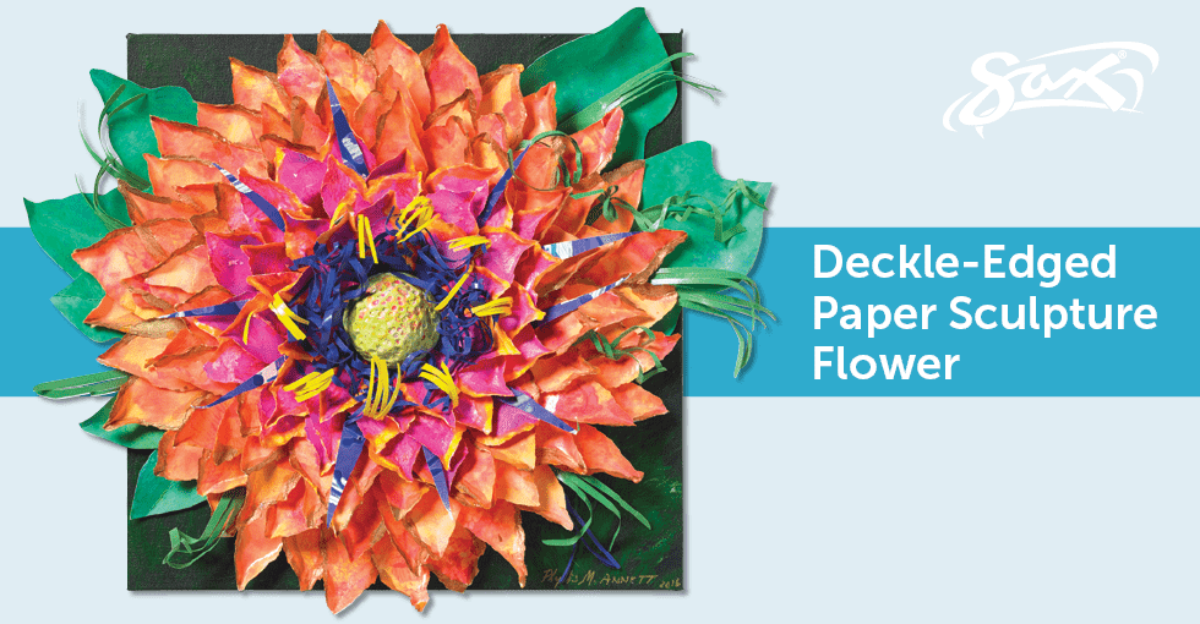From Monet’s Sunflowers to Andy Warhol’s Flowers and Georgia O’Keefe’s entire works, flowers are a favored subject among painters, classic to contemporary. But painters are not the only artists enamored with the beauty of flowers.
Artists working in a wide variety of other mediums have also immortalized nature’s most decorative design—the flower. There are large-scale sculptures, like Eduardo Catalano’s Floralis Generica, aka Big Steel Flower, in Buenos Aires, Argentina. The beauty of the flower is also captured in Leopold and Rudolph Blaschka’s glass flower collection. Throughout history, artists have created spectacular floral representations using clay, wire, metals, found objects, and many other materials, including paper.
Paper sculpture dates back to China, as early as 105 A.D. Using techniques including curling, scoring, folding, tearing, bending, and the complex “curvesto” (to create shadows within the sculptures), artists have transformed flat pieces of paper into amazing works of art. These artists include 17th century sculptor Augustine Walkerwhose, whose work is still displayed in the Maritime Museum in Greenwich, England, and Dutch artist A. Van Omeringh, among many others.
Your students can try their hands at paper sculpture with this cross-curricular project blending math, science, and art. They’ll first study and select a flower with a circular design, like a zinnia, mum, daisy, or sunflower. Then they’ll create a custom floral texture using bold brush strokes, sponging, dotting, stippling, and overlaying of color on watercolor paper. Next, they’ll cut a circle containing three or four concentric circles. Using the deckle-edge technique, students will tear pieces of their designed paper to create rough-edge petals to attach in layers to each concentric circle, creating their own 3-D paper sculpture.
Download a complete lesson plan for this project, including images, step-by-step directions, and a materials list, today!
For Grades 6-8.






Leave a Reply